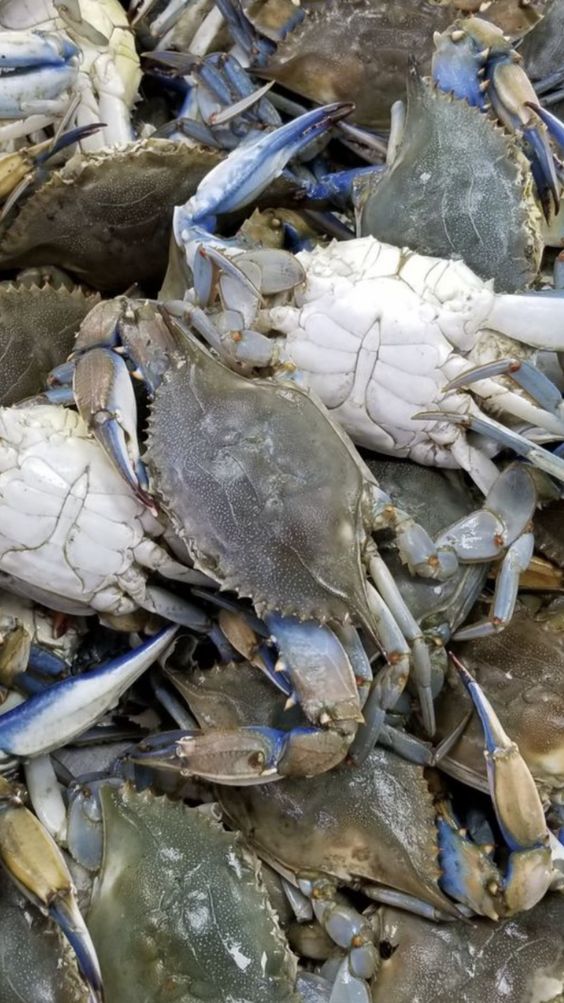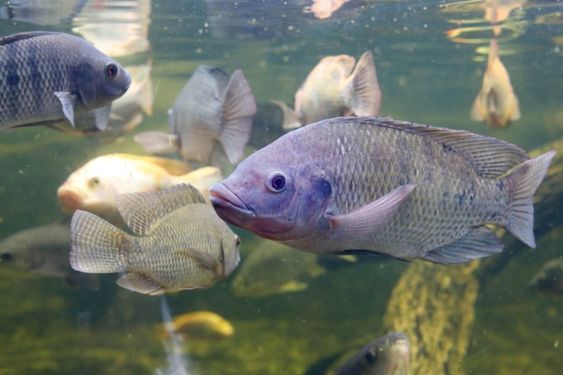Crab Production: A Comprehensive Guide to Capturing and Cultivating Crabs
Crab Production, those fascinating crustaceans with their sideways scuttle and delectable flavor, are a prized commodity around the world. Their firm meat and rich taste have fueled a global industry encompassing both capture fisheries and aquaculture (crab farming). Whether sourced from the wild or cultivated in ponds, crab production is a complex dance between human ingenuity and the natural world.
This comprehensive guide dives deep into the world of crab production, exploring the various methods, key species, sustainability concerns, and the factors influencing this dynamic industry.
Contents
Crab Production Methods
There are two primary ways crabs find their way to our plates:
-
Capture Fisheries: This traditional method relies on wild crab populations. Traps, pots, and nets are used to capture crabs from their natural habitats, primarily seabeds and mangrove forests. This approach requires careful management to ensure sustainable crab stocks and minimize bycatch (unwanted species caught alongside target crabs).
-
Crab Aquaculture: Crab farming, a rapidly growing sector, involves raising crabs in controlled environments like ponds, cages, or pens. Seedlings (young crabs) are either collected from the wild or produced in hatcheries. These are then nurtured to marketable size through techniques like feeding, monitoring water quality, and predator control.
Delving into Aquaculture Techniques
Crab aquaculture offers several advantages over capture fisheries, including:
-
Controlled Environment: Crab farms can provide optimal conditions for growth, leading to faster harvest times and potentially higher yields.
-
Improved Quality: Farmed crabs can be raised with a focus on specific quality traits, like size or meat content.
-
Reduced Bycatch: Aquaculture minimizes the ecological impact often associated with capture fisheries.
Several techniques are employed in crab aquaculture, each with its own advantages:
-
Pond Farming: The most traditional method, using earthen ponds with controlled water flow and salinity. Crabs feed on natural food sources supplemented with artificial feed.
-
Mangrove Pen Farming: Leveraging existing mangrove ecosystems, pens are constructed within these forests to provide shelter and a natural food source for crabs.
-
Cage Farming: Crabs are raised in submerged cages placed in ponds, lakes, or even the open ocean. This method offers high density and allows for close monitoring of crab health.
Species Spotlight: Kings of the Crab Market
With over 4,500 crab species identified, a select few dominate the commercial scene:
-
Mud Crab (Scylla serrata): The undisputed king, mud crabs thrive in mangrove areas and are prized for their large size and sweet meat. Indonesia and Vietnam are leading producers.
-
Blue Crab (Callinectes sapidus): Commonly found along the Atlantic and Gulf Coasts of North America, blue crabs are known for their delicate flavor and are a staple in seafood dishes.
-
Snow Crab (Chionoecetes spp.): These cold-water giants inhabit the depths of the Pacific Ocean and are popular for their large, meaty legs. Alaska and Russia are major producers.
-
Dungeness Crab (Metacarcinus magister): A prized crab on the West Coast of North America, Dungeness crabs are known for their sweet, succulent meat.
Sustainability Concerns and Eco-Friendly Practices
The long-term viability of the crab industry hinges on sustainable practices. Here are some key concerns and solutions:
-
Overfishing Crab Production: Unsustainable capture practices can deplete wild crab populations. Regulations, quotas, and closed fishing seasons are crucial for maintaining healthy stocks.
-
Habitat Loss: Destruction of mangrove forests, crucial nursery grounds for many crab species, is a major threat. Sustainable aquaculture practices that minimize mangrove loss are essential.
-
Hatchery Reliance: Excessive dependence on wild-caught seedstock for aquaculture can put pressure on wild populations. Investment in hatchery production of crab juveniles is a sustainable solution.
The Future of Crab Production
The future of crab production is likely to see a continued rise in aquaculture, with a focus on:
-
Improved Hatchery Techniques: Developing more efficient and cost-effective methods for producing crab seedstock in hatcheries will reduce reliance on wild populations.
-
Biofloc Technology: This innovative technique uses microbes to break down waste products in aquaculture systems, improving water quality and promoting crab health.
-
Recirculating Aquaculture Systems (RAS): These closed-loop systems allow for water reuse and minimize environmental impact, making them a sustainable option for crab farming.
Conclusion: A Delicate Balance
Crab production is a fascinating field that balances human demand with the health of our oceans and ecosystems. By embracing sustainable practices, innovative technologies, and a deep respect for these remarkable creatures, we can ensure a thriving crab industry for generations






